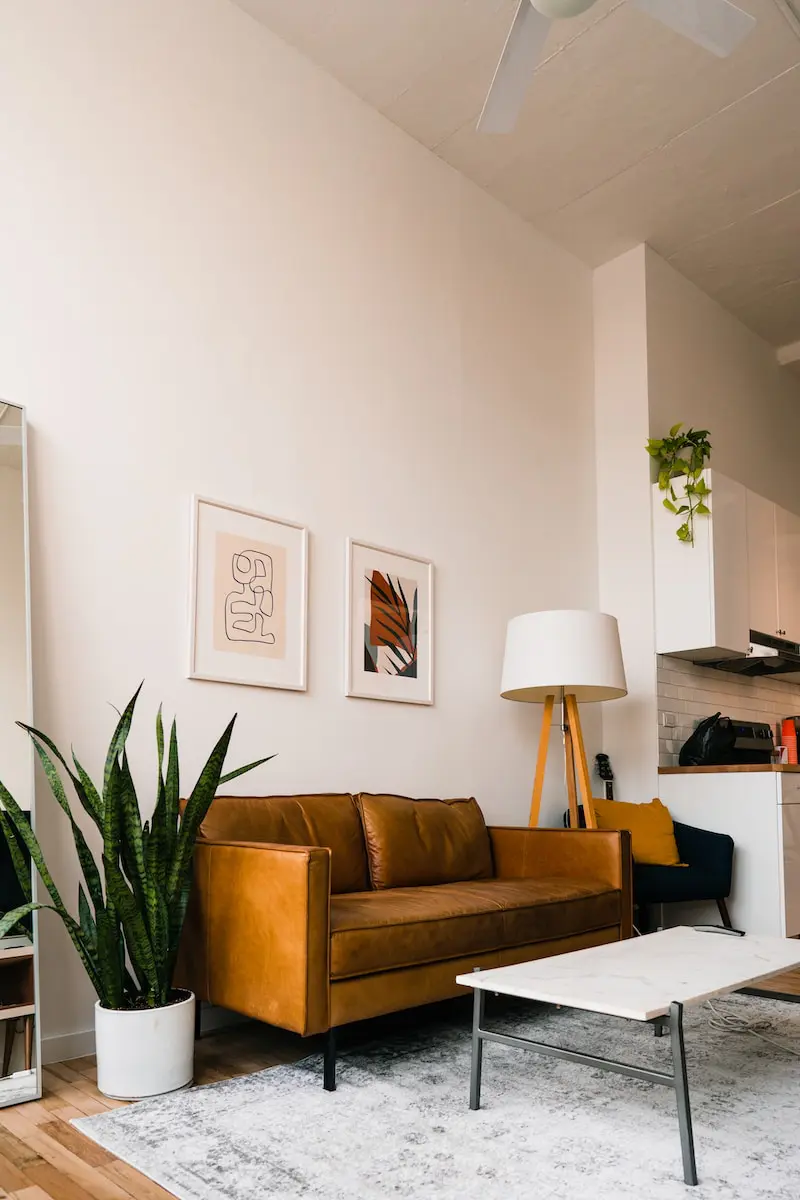When it comes to wall construction and finishing, two essential processes to consider are GIB fixing and GIB stopping.
In this article, we will delve into the key differences between GIB fixing and GIB stopping, shedding light on their purposes and methods.
Understanding these distinctions can help you make informed decisions when it comes to your GIB Fixing projects in Auckland.
Understanding GIB Fixing
GIB fixing refers to the initial stage of wall construction, where GIB (Gypsum Industries Board) sheets are securely attached to the framework or existing walls.
GIB fixing involves measuring, cutting, and securing the GIB sheets, creating a solid foundation for further wall finishing.
Exploring GIB Stopping
GIB stopping, on the other hand, is a crucial step in achieving a flawless and seamless finish on the GIB walls.
GIB stopping involves filling and finishing the joints and gaps between GIB sheets, creating a smooth and even surface for painting or wallpapering.
Key Differences Between GIB Fixing and GIB Stopping
The main difference lies in the focus and objectives of each process.
GIB fixing is primarily concerned with securing the GIB sheets to create a stable structure, while GIB stopping aims to achieve a visually appealing and flawless finish by filling and smoothing the joints.
Tools and Materials Used
GIB fixers requires tools such as drills, screws, and cutting tools to measure and secure the GIB sheets.
GIB stopping, on the other hand, involves the use of stopping compound, putty knives, sandpaper, and other materials for filling, smoothing, and sanding the joints.
Techniques and Application
GIB fixing techniques involve measuring and cutting GIB sheets to fit the wall frames or existing walls, followed by secure attachment using screws or nails.
GIB stopping techniques include applying the stopping compound to fill the joints, feathering the edges, and sanding the surface for a smooth finish.
Time and Labor Requirements
GIB fixing typically requires more time and labor as it involves measuring, cutting, and securing the GIB sheets to the walls.
GIB stopping, although labor-intensive, involves meticulous filling, smoothing, and sanding, which can be time-consuming for achieving a flawless finish.
Cost Considerations
In terms of cost, GIB fixing generally involves the expenses of GIB sheets, screws, and other fixing materials.
GIB fixers in Auckland requires the purchase of stopping compound, sandpaper, and other materials used for joint filling and finishing.
Common Applications and Use Cases
GIB fixing is commonly employed in new construction or when adding GIB walls to existing structures.
GIB stopping, on the other hand, is crucial when aiming for a seamless finish before painting or applying wallpaper to the GIB walls.
Choosing the Right Approach
To determine whether GIB fixing or GIB stopping is appropriate for your project, consider factors such as the construction stage, desired finish, and project timeline.
Seeking advice from professionals experienced in GIB fixing and stopping can provide valuable insights tailored to your specific needs.
Conclusion
Understanding the differences between GIB fixing and GIB stopping is essential for successful wall construction and finishing projects in Auckland.
GIB fixing establishes a sturdy foundation, while GIB stopping ensures a flawless and visually appealing finish.
By considering the objectives, techniques, time, cost, and use cases associated with each process, you can make informed decisions and achieve the desired results for your wall construction endeavors.






